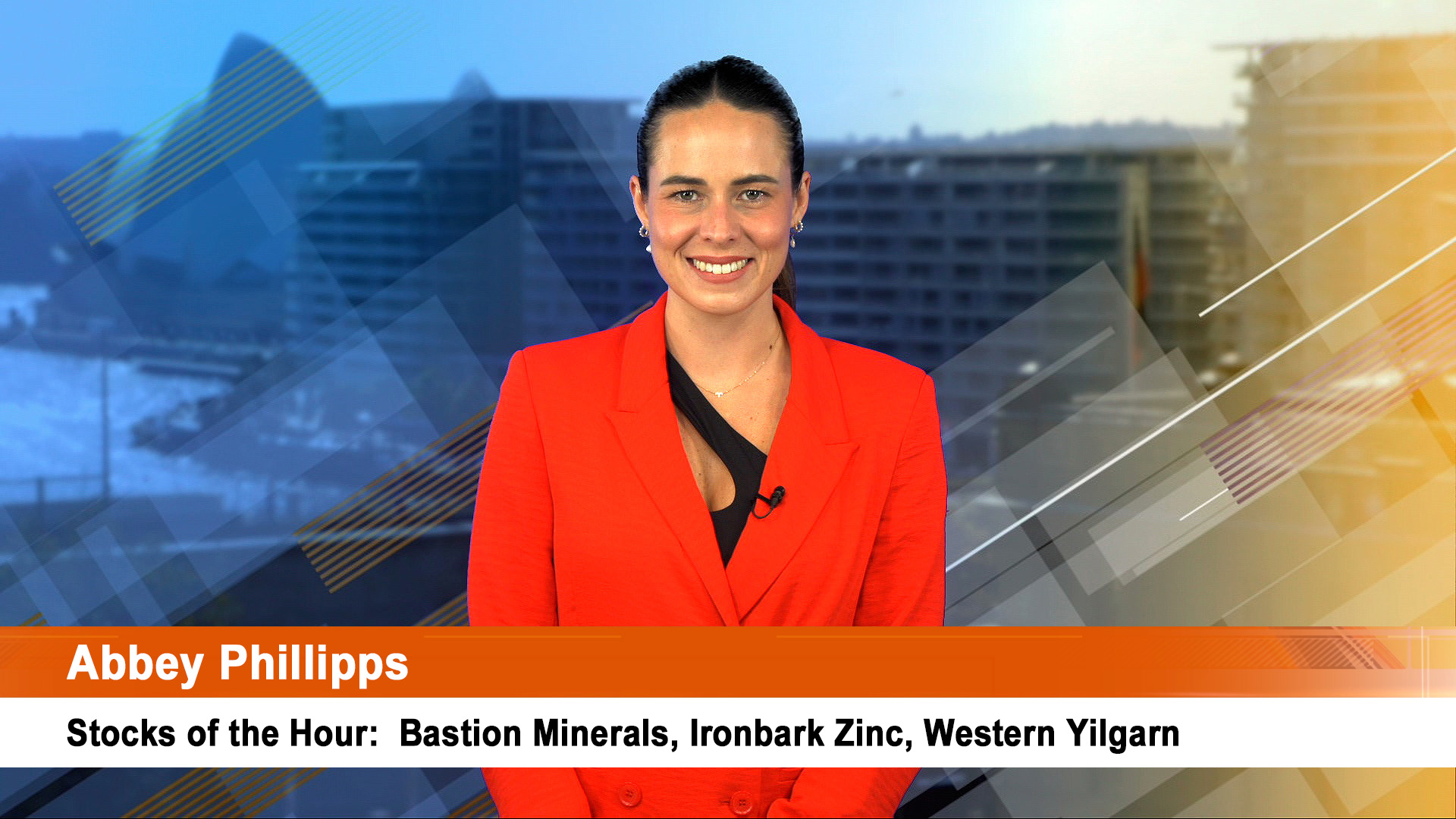The New Zealand economy and the country as a whole have certainly been hammered hard lately.
So much so that 2010 and into early 2011 is shaping up as a miserable year for the biggest overseas market for many of our companies in the media, banking, retailing and services industries.
But 2012 looks like being much better than previously forecast, with stronger growth, thanks in part to the rebuilding of quake-hit Christchurch.
Companies from Fairfax Media to Woolworths, Harvey Norman, APN News and the big four banks had been looking at an improving outlook from around May onwards as the economy emerged from recession.
Now they have to endure six to nine more months of weak to moderate demand before the upturn accelerates towards the end of next year.
And the bad news continues.

Yesterday the NZ government declared a medium level drought in the north of the North Island, a huge contrast to what we in Eastern Australia are currently experiencing.
The South Island is still coming to terms with the impact of the Christchurch earthquake in early September whose eventual cost could top $NZ5 billion.
The economy is showing distinct signs of fading.
And the collapse earlier this year of South Canterbury Finance, the biggest financial failure in the country, continues to send ripples through the finance sector.
Yesterday the Reserve Bank of New Zealand left its official cash rate (OCR) unchanged at 3%, saying any increases in the next two years will be more limited as the nation’s worst earthquake in 80 years curbs near-term economic growth.
“The pace of economic growth appears to have moderated. Corporate investment intentions are now below average," the bank said yesterday.
"Household spending also remains weak, with household credit still flat and housing market activity slowing further.
"House prices may decline a little further in the near term.
"This continued household and business caution suggests current low interest rates are having a less stimulatory effect than in the past.
“It seems prudent to keep the cash rate low until the recovery becomes more robust and underlying inflation pressures show more obvious signs of increasing.”
Figures out on Wednesday for manufacturing and construction showed both sectors contracted in the third quarter (NZ releases its third quarter GDP data on December 23).
That’s partly why the central bank forecast fairly steady market interest rates until well into next year.
It now sees the key bill rate at 3.8% by the end of 2011, against the 4.1% level forecast back in September.
The economy will grow an annual average 1.7% in the year ending March 31, less than the 2.8% rate forecast in September, according to the RBNZ’s latest quarterly monetary policy statement, also published yesterday.
It estimated third quarter growth at 0.3% yesterday, against the -0.8% estimate in September and 0.2% for the second quarter.
The immediate effects of the Christchurch earthquake reduced growth by 0.1 percentage point, it said.
“The pace of economic growth appears to have moderated, reflecting weak domestic demand and the constraining effects of the high New Zealand dollar,” the central bank said.
The RBNZ sees a much stronger rebound in 2012, with growth rising to an annual 3.4%, up from the previous 2.6% rate forecast in September.
That’s thanks to the impact of the rebuilding of Christchurch.
“Repairs to earthquake damage are expected to add to GDP growth over the projection period,” Bollard said.
More than 160,000 damage claims have so far been received by the state-owned disaster insurer.
The Reserve Bank estimated the cost of the rebuilding will be at least NZ$5 billion ($A3.6 billion) spread mainly over 2011 and 2012.
Bollard said the economic recovery will accelerate later in 2011, buoyed by rising export prices amid improving demand in markets for New Zealand goods from countries such as the US, China and the UK.
“Activity in New Zealand’s trading partners continues to expand,” he said. “Growth in the Asia-Pacific remains strong and growth in the U.S. and the U.K. has turned out a little stronger than was projected.”
Growth across the nation’s 16 largest trading partners is expected to be 3.8% in 2011, up from 3.5% forecast in September.
The big new unknown is the impact of the drought on NZ dairy exports and on power production.
If the drought persists, or spreads south, milk production will be threatened, which will in turn threaten export income and the amount of money farmers will receive.
The Northland region has been hard hit by the dry as has the Waikato, the major dairy region.
This is on top of a virus that has struck the country’s lucrative Kiwi fruit industry whose impact is still to be assessed.













